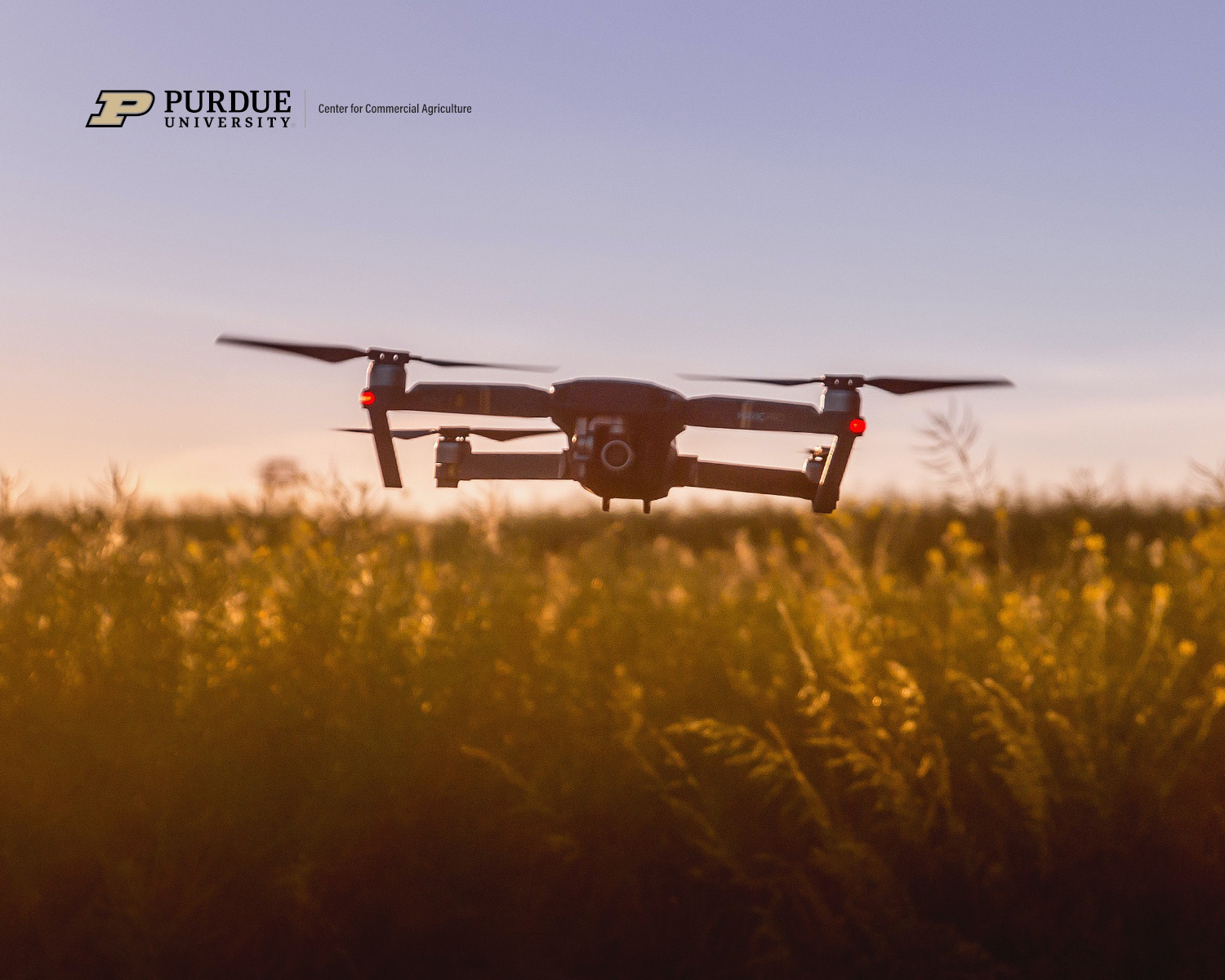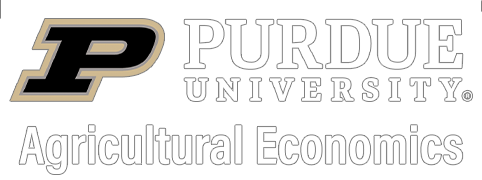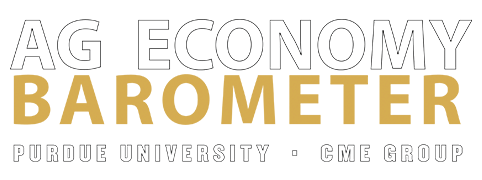April 15, 2021
Precision Agriculture and Technology
by: Michael Langemeier and Michael Boehlje
Precision agriculture utilizes biotechnology and nutritional technology; monitoring, measuring, and information technology; and process control technology to increase resource efficiency, reduce input cost, and/or improve product value. This series of articles will discuss precision agricultural technologies, potential payoffs of using these technologies, and the capabilities and skills that will be needed to manage these technologies.
ARTICLES WITHIN PUBLICATION:

TAGS:
TEAM LINKS:
RELATED RESOURCES
UPCOMING EVENTS
We are taking a short break, but please plan to join us at one of our future programs that is a little farther in the future.





